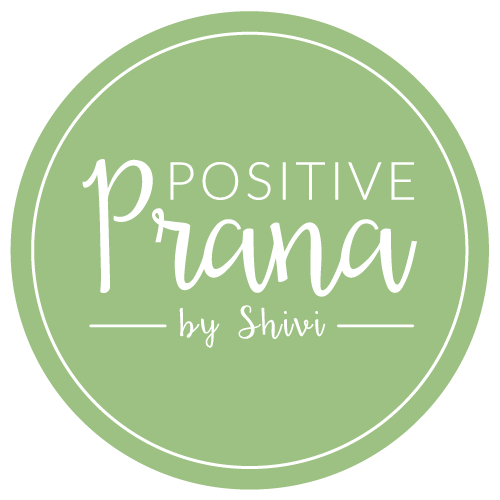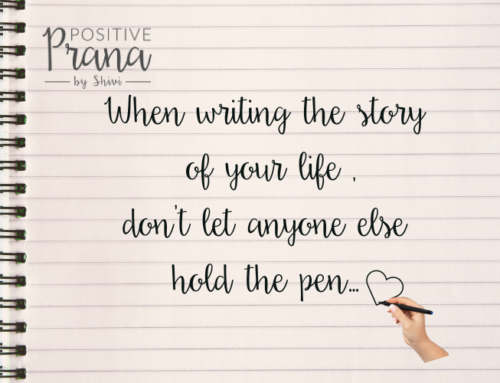We know that setting a healthy boundary is important to protect and take good care of yourself (Read our blog on “Setting Healthy Boundaries for Self-Care”)
Boundaries in relationships can be especially important.“When one person is in control of another, love cannot grow deeply and fully, as there is no freedom”. In other words, healthy boundaries can be the difference between a healthy, happy relationship and a toxic, dysfunctional relationship.
A lack of boundaries can lead to an unhealthy relationship because one partner may feel that he or she has no privacy anymore. However, too many boundaries can also be an issue, as in the case of people who refuse to spend time with the friends and families of their partners.
In the case of people in relationships who also have children, boundaries can be particularly important. For example, one research paper looking at self-care in new mothers highlighted a “willingness to delegate and the ability to set boundaries” as an important practical application of self-care (Barkin & Wisner, 2013).
A new mother who can set boundaries with her partner in order to respect her needs will likely be better off than one who cannot, and this will help the relationship too.
What do healthy boundaries look like?
The types of boundaries one might set depends on the setting. That is, one person’s healthy boundaries with a romantic partner will be very different from that same person’s healthy boundaries with a boss or co-worker.
Examples of Healthy Boundaries:
Let’s look at professional boundaries-
In a teacher-student relationship, a teacher might set healthy boundaries by choosing to keep their personal lives separate from their professional lives by not telling their students too much about their private lives
Another way teachers can set boundaries is by telling themselves that they will not hold themselves responsible for every aspect of their students’ lives. That way, they won’t be too hard on themselves when a student suffers from something out of the teacher’s control.
Mental health professionals also need to practice self-care and set healthy boundaries with their clients—they are not immune to stress and mental health disorders and might be even more vulnerable to those issues than the general population (Barnett et al., 2007). One way that they can set clinical boundaries is by not connecting with their clients on social media (and being clear about this rule) so that they do not mix their professional responsibilities with their personal lives.
Of course, professionals are not the only ones who need to practice self-care by setting healthy boundaries.
People can also set boundaries with their friends—even well-meaning ones.
For example, a woman in the middle of packing up her house for a move might not let a friend who dropped in unannounced stay too long—that way she can get done what she needs to get done. Similarly, that woman might politely decline the same friend’s request to help her pack if she thinks packing should be a personal process
Healthy boundaries can help manage demands on people’s time, not just malicious or thoughtless demands on one’s time or emotions.
Another setting in which healthy boundaries are crucial is in a romantic partnership.
One example would be a person asking their partner for one night each week alone, as opposed to seeing each other daily. Another example would be a new mother asking her partner to take on more responsibility with their baby (such as giving baths, going to the park with the baby, and so on) so that she can have more time to herself
Rather than fostering resentment, one can instead try to set and communicate their boundaries.
Finally, boundaries can be important in parent-child relationships. For example, parents might ask their child never to enter their bedroom without knocking first, in order to maintain some privacy. Children might ask their parents to never read their diaries or phones so that they can maintain some privacy of their own.
Parents can choose whether to respect a child’s proposed boundaries (they might reject some boundaries for safety reasons, for example), but it is important to be clear about the boundaries they do intend to respect in order to build trust with their children.
The fact that boundaries are important in relationships underscores the importance of setting and respecting boundaries. It’s important to understand and respect each other’s boundaries in a long-term partnership, just as it’s important to respect the boundaries of people whom one does not know very well.
Respecting Boundaries Set By Others:
Finally, while setting boundaries is crucial, it is even more crucial to respect the boundaries that others have set for themselves. This goes for parents, children, romantic partners, bosses, co-workers, and anyone who interacts with or has power over anyone else. Respect is a two-way street, and appreciating the boundaries others have set for themselves is as important as setting boundaries for oneself.
One good way to avoid crossing someone’s boundaries (and to avoid having one’s own boundaries crossed) is to have honest conversations about boundaries with people.
Healthy Boundaries Worksheets (PDFs):
These can help you understand how setting healthy boundaries can help in your life
What are Personal Boundaries?
This worksheet explains the difference between rigid, porous, and healthy boundaries and the different areas in which one might set boundaries (such as physical boundaries, emotional boundaries, and sexual boundaries). After learning from this worksheet, you can explore your own boundaries with the supplementary exercise, also from Therapist Aid.
How to Create Healthy Boundaries?
This worksheet also describes different types of boundaries one might set and also offers tips for setting those boundaries.
Setting Internal Boundaries
This worksheet guides the user to consider and agree to personal boundaries. A list is made of behaviour the user will commit to, as well as a list of behaviours the user will avoid.
Building Better Boundaries
This is less of a worksheet than it is an entire workbook (it’s more than 60 pages), but it can facilitate a deep dive into the topic of boundaries. It teaches the reader what boundaries are and how to set them in different situations.
(adapted from positivepsychologyblog)










Leave A Comment